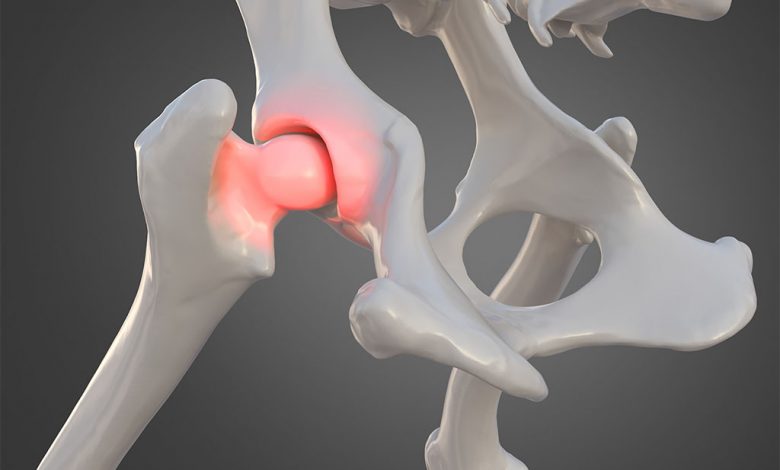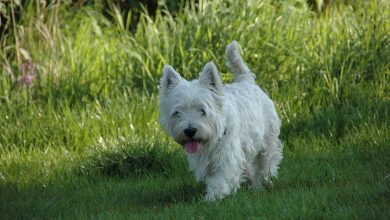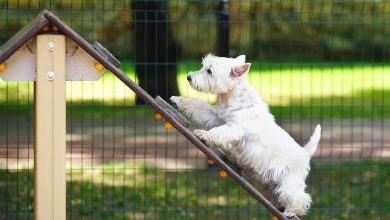Those Bones, Those Bones, Those…Hip Bones
Hip Dysplasia: the signs, symptoms, and solutions.
“Some dogs exhibit signs and symptoms as puppies whilst others, despite having hip dysplasia won’t show signs of it until osteoarthritis starts”
“The vet may also run blood work where they look for any inflammation. X-rays will give a definitive diagnosis and can also determine the degree of severity”
Recently I have had several owners ask me about hip issues in dogs. While there are a number of common conditions, one of the most common is hip dysplasia.
As the name suggests hip dysplasia affects the dog’s hip joint. The hip is made up of the cup/socket (acetabulum) on the outer surface of the pelvis and the ball shaped head of the femur (thigh bone), giving it its joint description of a ball and socket joint. These types of joints allow for the greatest range of motion of all joints therefore needing good ligament, muscular and cartilage support.
So, what is hip dysplasia? Hip dysplasia is a common skeletal condition where the ball and socket do not fit together or fail to develop properly causing the joint surfaces to rub together creating deterioration and loss of function of the joint over time.
Sounds pretty straight forward, right? Well, here’s the problem. Not only are there different degrees of severity which may make it hard to diagnose, but also not all puppies that have hip dysplasia exhibit signs and symptoms at an early age. If pups are going to exhibit signs and symptoms it is usually by six to eight months of age. However, some dogs may not exhibit symptoms of hip dysplasia until later on in life and usually when they show signs of osteoarthritis.
Hip dysplasia is caused by a few factors:
Genetics, it is a hereditary condition so be sure to check your breeder has conducted the appropriate health screenings. The Orthopaedic Foundation for Animals (OFA) help breeders determine the condition of the hips of the dogs they are breeding from.
Excessive growth rate. Slowing their growth with proper balanced nutrition helps to prevent hip dysplasia by allowing their joints to develop properly without putting too much strain on them. Feed them an appropriate diet (in my opinion that would be a raw diet from puppy stage all the way through their life) as it gives them a head start with nutrition for healthy bone and joint development (see my article in a previous issue on why not to feed a vegan diet).
Types of exercise. Too little or too much can affect the growth plates and joint formation. Remember, hip dysplasia is developed in the early stages of life and therefore the golden rule for exercising a puppy of five minutes per month of age until full growth is extremely important in helping to prevent issues.
Improper weight and nutrition. Obesity puts a lot of stress on their joints which can exacerbate a pre-existing hip dysplasia or even cause it.
The symptoms of hip dysplasia

Some dogs exhibit signs and symptoms as puppies whilst others, despite having hip dysplasia won’t show signs of it until osteoarthritis starts. Most can lead a normal and full life without any signs but signs and symptoms to be aware of are:
Decreased activity
Decreased range of motion
Difficulty/reluctance to run/jump/get up or climb stairs
Lameness
“Bunny Hopping” gait
Grating in the joint during movement
Loss of muscle around the hips
Enlargement of shoulder muscles due to compensation for the hindlimbs
Pain
Stiffness/limping
Diagnosis by the vet is usually through a physical exam where they look for:
Looseness
Grinding
Pain
Decreased range of motion
The vet may also run blood work where they look for any inflammation. X-rays will give a definitive diagnosis and can also determine the degree of severity.
Treatment is likely to be determined on severity, while there are surgical options, it is likely that non-invasive treatments will be tried first.
Non-surgical options would include lifestyle modifications such as:
Weight management to decrease the stress on the joints
Exercise restriction especially on hard concussive surfaces
Physical therapy – Osteopathy/Physiotherapy/Chiropractic and Hydrotherapy
Joint supplements
Anti-inflammatories
If the condition is severe enough then surgery is an option. There are three types of surgeries that are advised for hip dysplasia and your vet will discuss these with you:
Double/Triple Pelvic Osteotomy (DPO/TPO), preferred in younger dogs less than 10 months. The vet cuts the pelvic bone and rotates the segments to improve function of the ball and socket joint.
Femoral Head Osteotomy (FHO), this is preferred on young and mature dogs. The vet removes the femoral head allowing the body to create a ‘false’ joint. Although it doesn’t recreate normal hip function it is successful in pain management.






